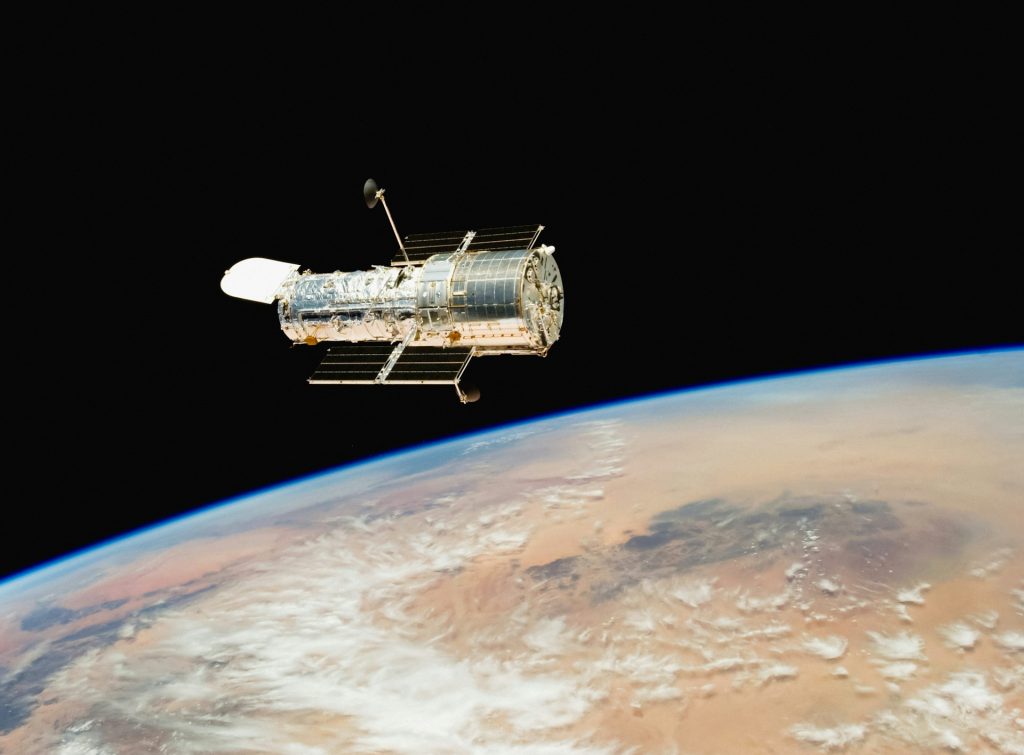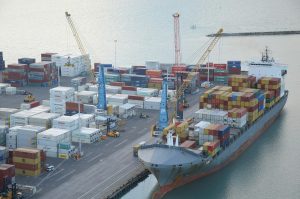Amazon Prepares to Launch First Project Kuiper Satellites on April 9

Amazon is set to take a major step forward in its space-based internet initiative, Project Kuiper. On April 9, 2025, the tech giant will launch the first 27 operational satellites into low Earth orbit, marking the beginning of a large-scale rollout that aims to rival SpaceX’s Starlink network. This launch is crucial for Amazon, as it faces a tight timeline to deploy its ambitious satellite constellation.
The upcoming launch, scheduled to take place between 12 p.m. and 3 p.m. local time at Cape Canaveral, Florida, will be carried out by an Atlas V rocket provided by United Launch Alliance (ULA). The rocket will carry 27 newly enhanced satellites—significantly more advanced than the initial prototypes Amazon launched in 2023. Those early models served as a proof of concept, and Amazon confirmed that all test objectives were successfully met.
Project Kuiper aims to provide high-speed satellite internet, particularly in remote and underserved areas where traditional cable or cellular infrastructure is either limited or non-existent. The satellite network will eventually consist of more than 3,200 units orbiting the Earth, enabling global broadband coverage. The initiative is Amazon’s answer to Elon Musk’s Starlink and represents a major move into the competitive satellite internet market.
Although the original plan called for the network’s construction to begin in early 2024 with testing by the end of that year, the schedule has slipped by about a year. Amazon has not officially explained the delay, but reports from Bloomberg suggest technical difficulties with the contracted rocket providers and the prioritization of U.S. national security launches contributed to the postponement.
The mission, codenamed “KA-01” (Kuiper Atlas 1), will place the satellites at an initial altitude of 450 kilometers. From there, each satellite will use its onboard propulsion system to reach its designated orbit at 630 kilometers above Earth. Once in position, they will complete a full orbit in approximately 90 minutes.
According to Amazon, these new-generation satellites feature major enhancements across nearly every component. This includes improved phased-array antennas for more efficient data transmission, advanced onboard processors, upgraded solar power systems, propulsion technology, and optical inter-satellite links. The company also emphasized that the satellites are coated with a special material that diffuses sunlight, reducing their visibility from Earth and helping to mitigate light pollution for astronomers.
Despite the excitement surrounding this milestone, Amazon faces mounting pressure to meet regulatory deadlines. The U.S. Federal Communications Commission (FCC) granted Amazon its license for satellite internet operations back in 2020, with clear conditions. The company must deploy at least half of its 3,200-satellite constellation by July 2026. The full network must be in orbit by July 2029. Failing to meet these benchmarks could put the entire project at risk.
For now, the April 9 launch represents a critical turning point. If successful, it will not only validate the progress of Project Kuiper but also demonstrate Amazon’s readiness to move from experimental phases to real-world implementation. With competition in the satellite internet sector intensifying, the coming months will be vital for Amazon to prove its capability in this high-stakes space race.




